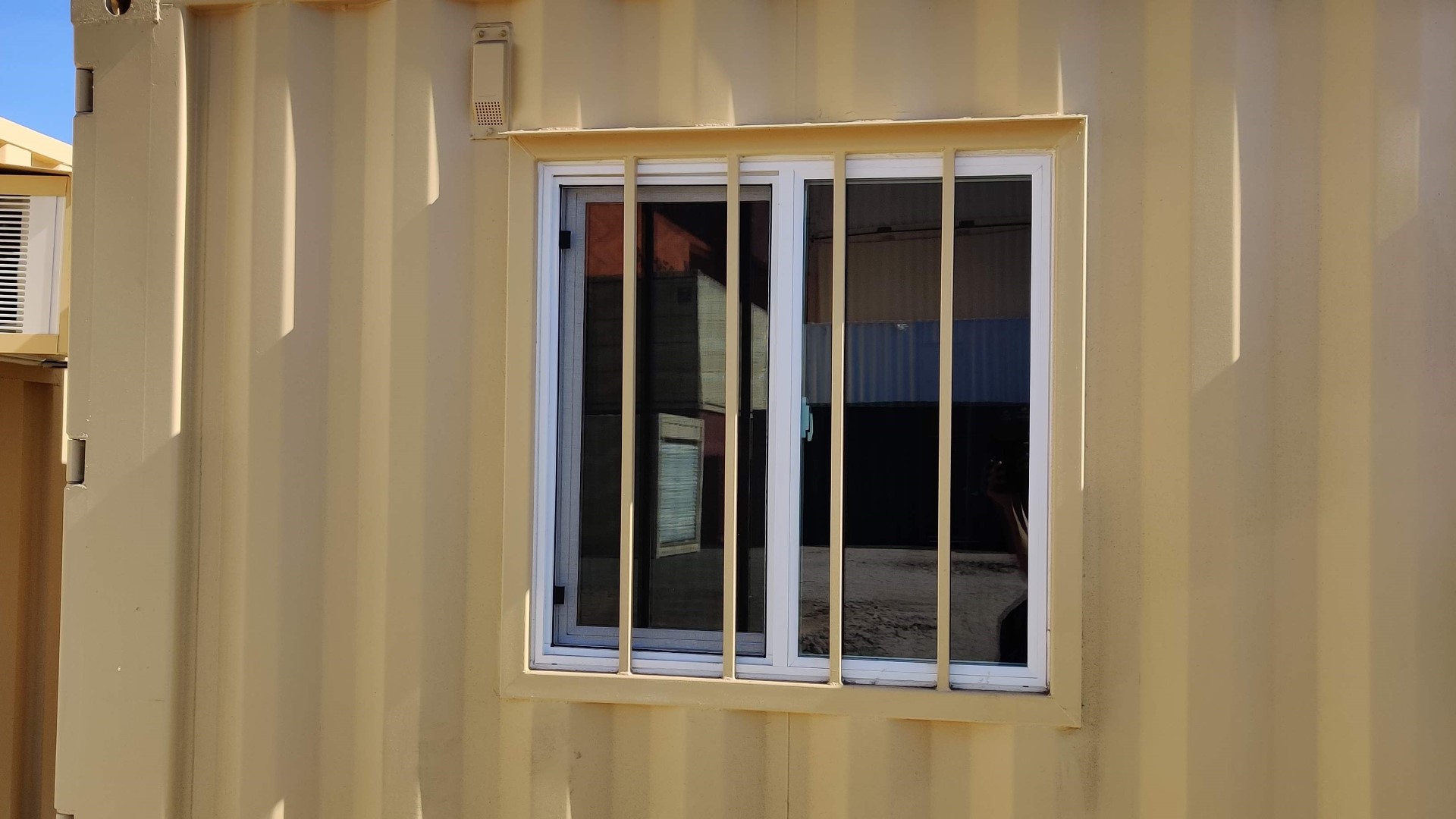

To start tmux, open a terminal and type: $ tmux
#Tmuxinator new side pane install#
On Mac, use Homebrew.įor example, on RHEL or Fedora: $ sudo dnf install tmux Start tmux

On Linux and BSD, you can install tmux from your software repository or ports tree. You can build an array of terminals with just a few keyboard shortcuts or a rudimentary tmuxinator script. However, tmux adds in the ability to split a window into panes, with each pane containing a separate terminal, and each terminal can be logged into a separate host. After all, modern terminal applications, such as GNOME Terminal and Konsole, have tabs built-in by default, and even some very old terminals, such as rxvt, have the ability to add a tabbed interface. The result is a tabbed interface (without the physical tabs), so you can flip from one open terminal to another without having to use the mouse the way you have to when switching from one tab in Firefox to another. Tmux is an open source application that adds layers (or "windows," in tmux terminology) to your terminal window so that you can open more than one terminal in a single desktop window. For that, you need tmux, a single terminal that puts you in control of multiple command prompts. But sometimes you need to run commands manually. Ansible, for instance, ensures all systems are in the same state, and sometimes a simple cron job will do. There are many ways to automate tasks across systems. Whether you're starting up an elaborate Raspberry Pi homelab or you're managing a building full of workstations, sometimes you need to do the same task on multiple hosts.


 0 kommentar(er)
0 kommentar(er)
